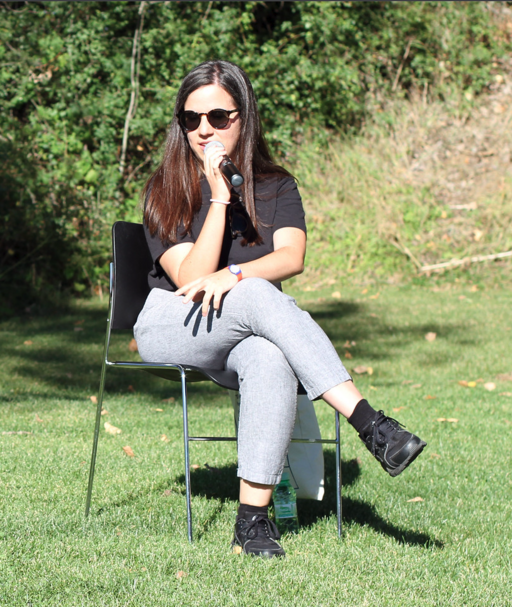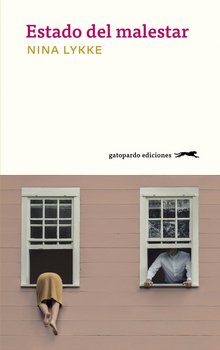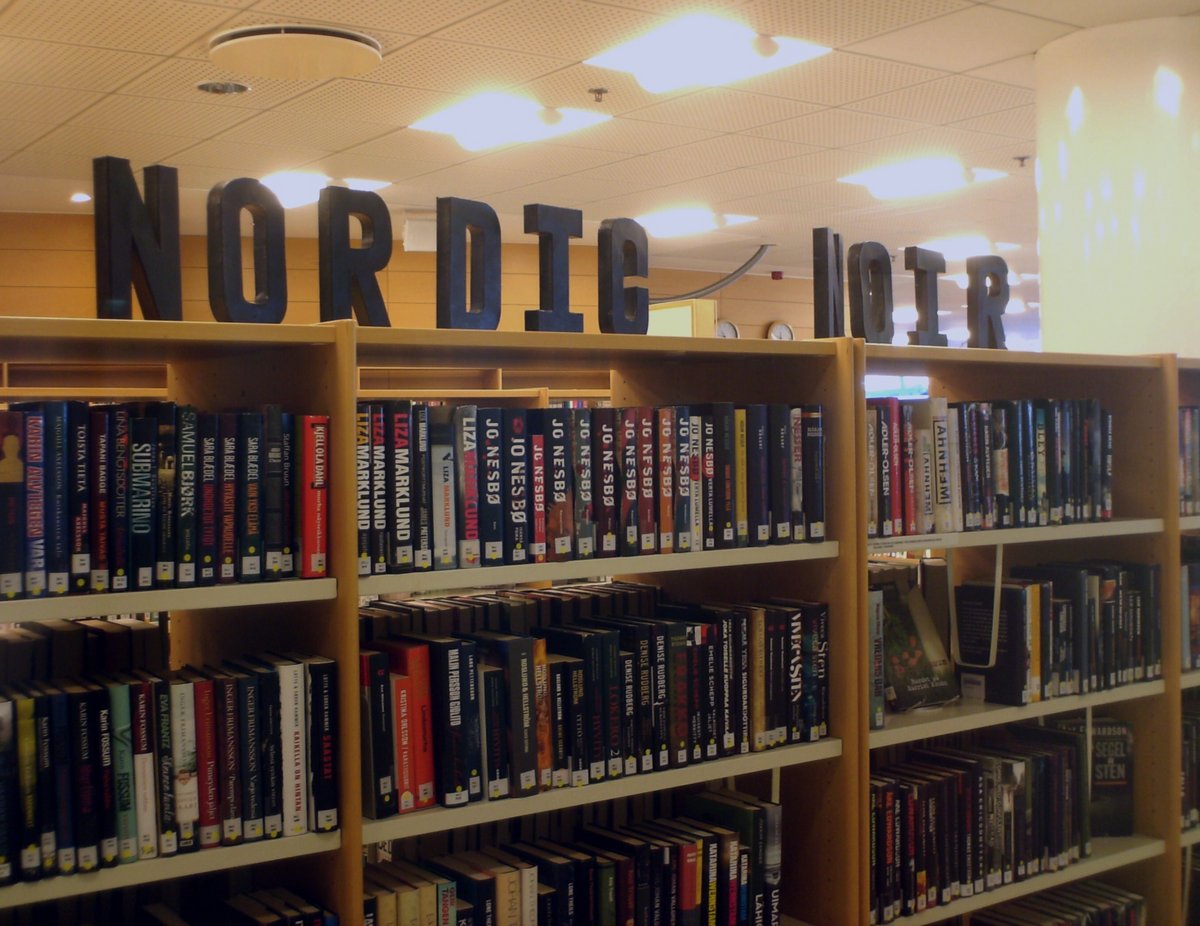Beyond Nordic Noir: The reception of contemporary Norwegian literature in Spain
Spanish readers are attracted to contemporary Norwegian literature by the blurred boundaries between fact and fiction, the unadorned prose, and the critical exploration of the Nordic welfare state. While this has been seen before with the Nordic noir boom for crime literature, authors such as Karl Ove Knausgård and Nina Lykke focus more on family and people’s everyday lives, and their work is increasingly supported by Spanish publishing companies.
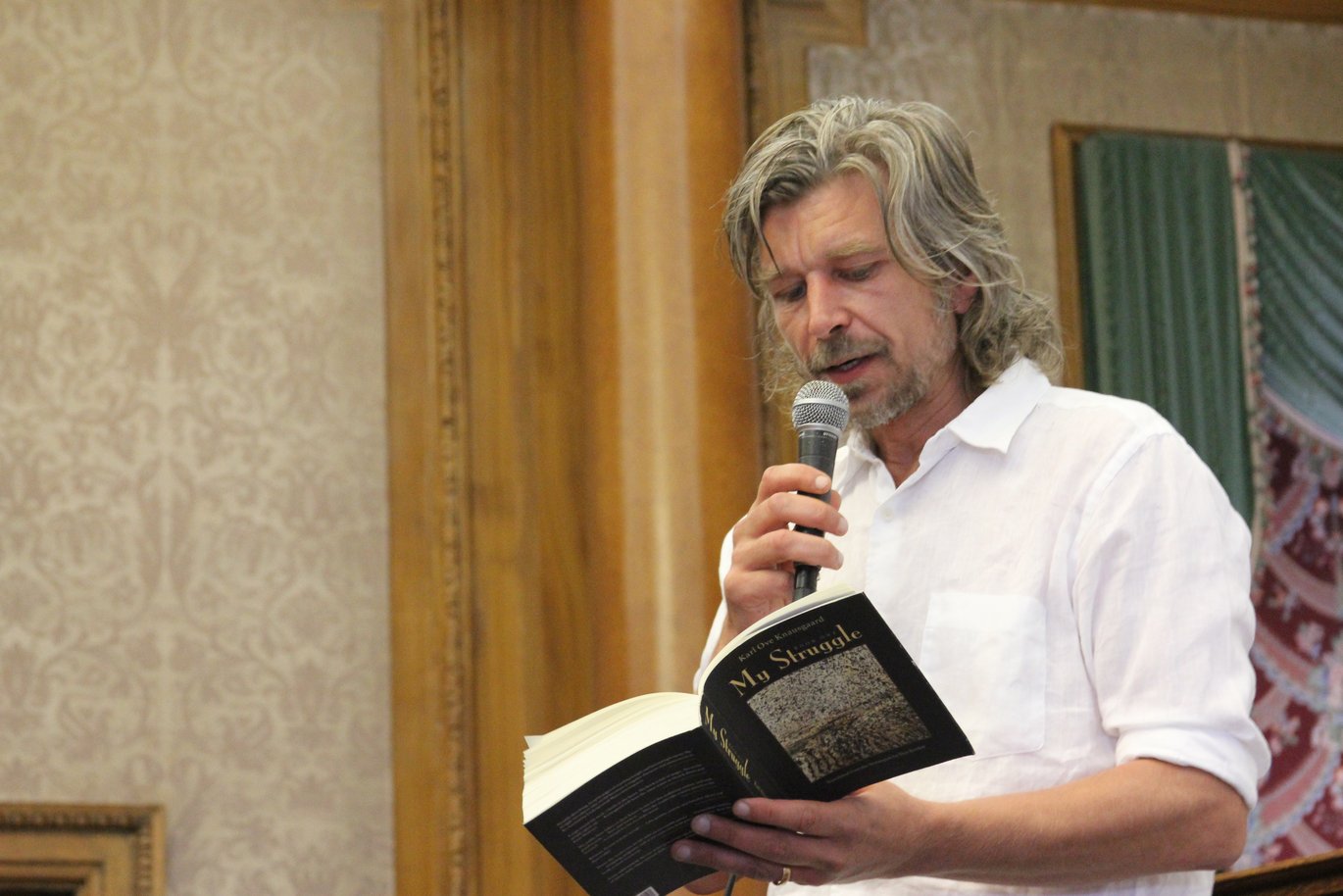
For over a decade, it has been easy to find crime novels from all the Nordic countries in Spain, books from the genre that has been called ‘Nordic noir’. But now it seems that there is another boom in Nordic literature which goes beyond crime. Other types of narratives by Nordic authors have now reached Spain and, from within Norwegian literature, these have included novels by Vigdis Hjorth, Nina Lykke, Linn Ullman, Per Petterson, and Ingvild H. Rishoi, among others.
The infrastructure supporting the publication of foreign language books
There are practical reasons for this, such as, the 2019 Frankfurt Book Fair where Norway was the guest country. This significantly increased the number of translations available and was a turning point for the dissemination of Norwegian literature in the world. Funding from NORLA (Norwegian Literature Abroad) has undoubtedly supported this process. Additionally, the publisher Nórdica Libros was born in 2006 with the purpose of being the go-to publishing house in Spain for the different literatures of the Nordic countries, although they also publish literature from other countries, and there are other publishers, too.
The number of translations from Norwegian into Spanish has increased generally in recent years thanks to the work of translators such as Kirsti Baggethun and Asunción Lorenzo, among others. Spanish readers can enjoy some of Per Petterson's works thanks to the translations of Cristina Gómez Baggethun, Jeg forbanner tidens elv (I Curse the River of Time) published by Random House in 2010, or Lotte Tollefsen's translation of Menn i min situasjon (Men in my Situation) published by Libros del asteroide in 2020. Translator Ana Flecha Marco has been a finalist for the Esther Benítez Translation Prize twice, once for her translation of Nina Lykke's Full spredning: en legeroman (Natural Causes) in 2021 and for that of Linn Ullmann's De urolige (Unquiet) in 2022. In response to some written questions I sent her, she mentioned the importance of NORLA (Norwegian Literature Abroad) in all this and said that, for her, the most attractive aspect of translating Norwegian texts is the very close relationship with nature and landscape, the conciseness of the language and the humor, among other aspects.
These are just a few examples of the literary works that have reached Spain in recent years, building a slow but steady path towards the consolidation of the presence of a range of Norwegian authors – and those also outside the crime genre – in Spain’s publishing houses and bookstores. But what is it about the books that resonates with Spanish readers? Judging from the numerous reviews in the Spanish media, it is possible to discern certain aspects that appeal to a Spanish audience.
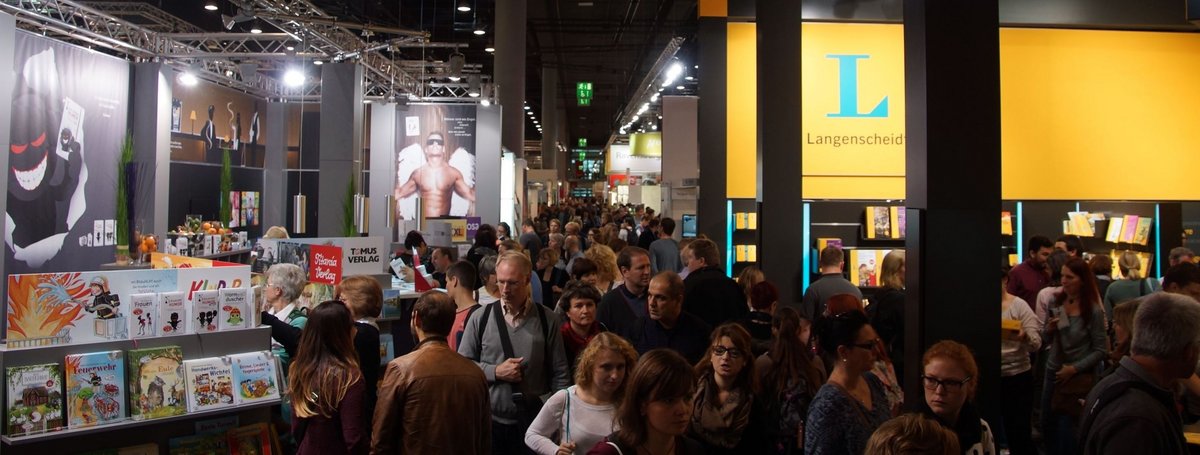
The attractiveness of the form and content of Norwegian literature
There is now a wide variety of genres over and above crime fiction that are published in Spanish including testimony, narrative fiction, and confessional, but it is difficult to put them all in a particular box. That said, there are some similarities to what I can hypothise make them attractive to a Spanish audience based on my extensive reading of literature reviews in Spain and my research on Norwegian literature. The main ideas that have surrounded contemporary Norwegian narrative in Spain include: the importance of Karl Ove Knausgård's work in introducing Norwegian literature on the Spanish market and the popularity of blending reality and fiction; a very direct and raw prose which is very emotional and also perhaps that contrasts with the literature of other latitudes; and, comment on the welfare state. I will take each of these in turn.
Popularity of autofiction
A name appeared on the international scene that marked a ‘before’ and ‘after’ in terms of the expansion of Norwegian literature beyond its borders: Karl Ove Knausgård. With his work Min kamp, a series of six autobiographical novels published between 2009 and 2011, Knausgård achieved a prominent place in Spanish bookstores and, undoubtedly, without this figure it would be difficult to understand the reception of the authors who came after him. Proof of the importance that Knausgård has had in the diffusion of the Norwegian narrative in Spain is the number of times he is mentioned when talking about other authors. His name is even present when it comes to criticizing this omnipresence. For example, Alberto Olmos wrote in El Confidencial: "since Karl Ove Knausgaard convinced the whole world that he was a great writer, anything coming from Norway tends to be critically sheltered under his shadow" (author's translation). And he added with a certain irony: "It is a little sad that all the literature of a country, when an internationally successful author emerges in that country, is conditioned by what he says, the coffees he drinks or the whims of that internationally successful author”.
When we talk about Knausgård, we also talk about the border between reality and fiction, a border with which many authors play and many readers enjoy. This is precisely one of the most often mentioned elements in reviews of contemporary Norwegian fiction in Spain, both to describe the Norwegian literary scene and as a lure for the public. Many journalists discuss the success that autofiction has experienced in Norway, which is also reinforced through interviews with writers such as Vigdis Hjorth, who said to Andrés Seoane for La Lectura in 2022: "Norwegians are very entertained by books that tell the story of family breakups or marriages of writers". Naturally, this blurred boundary between reality and fiction has been mentioned especially in discussions about Hjorth's works. For example journalist Mila Méndez said about Arv og miljø (Will and Testament) in La Voz de Galicia in 2020: "In the Scandinavian country, there is already talk of a new genre: the literature of revenge. As happened with Nordic Noir, its native crime novel, Norwegian autofiction has crossed borders. In Spain, authors like Manuel Vilas also play with the limits between the personal and the imaginary. But it is in Norway where this format is taking center stage. Arv og miljø has sold more than 150,000 copies there”.
Unadorned prose and nature
The coldness, crudeness, and direct prose are other aspects that stand out about the latest interest in Norwegian narratives when it comes to bringing it to the Spanish public. Everyday and unadorned writing is used by authors such as Per Petterson, who is also noted for the theme of family and time, also comparable to Hjorth.
In addition, there is no lack of comparisons between prose and nature, since the Norwegian landscape is probably the most important symbol in the Spanish imaginary about the Scandinavian country. Journalist José Luis de Juan wrote in El País in 2022: "Per Petterson's novel, a narrative of absences and emotions of the past, is strange and luminous like the sunrise in the Norwegian forests”, when talking about Ut og stjæle hester (Out Stealing Horses) by Per Petterson.
Comment on the welfare state
In November 2020, Nina Lykke's novel Full spredning: en legeroman (Natural causes) was published in Spain, entitled Estado del malestar, which means "State of Discomfort", a title that already tells us a lot about how the novel was sold in the southern European country. Nina Lykke's work appeared as a kind of window into the reality of the idealized Nordic countries and the Spanish press emphasized this idea strongly. Several reviewers and journalists wrote about enjoying how her novel undercut the Nordic countries’ branding of happiness and perfection. The arrival of Lykke's novel in Spain is part of a modest but equally relevant boom of Norwegian narrative in the Spanish market.
Lykke’s Nei og atter nei (No, a Hundred Times No) also shows the B side of the Northern welfare paradise, as well as her ironic humor. Some critics also point out this same trait in Dag Solstad, as Professor Andersens natt (Professor Andersen's Night), arrived in Spain in 2023, Solstad's second work to be published in Spanish after Genanse og verdighet (Shyness and Dignity) in 2004. Reviewers tend to highlight Dag Solstad's political commitment, his humor and the importance of the author in the history of recent Norwegian literature, even though he was previously quite unknown in Spain. Patricio Pron noted in El país last April: "He is unanimously recognized as one of the most important Norwegian writers of his generation, but Solstad is more innovative and more political: his theme is identity, which the author of Genanse og verdighet - his only novel published in Spanish until now - exposes to an explicitly Marxist gaze."
Beyond Nordic Noir
The opportunity to read new voices, the possibility of discovering the distant Norwegian culture in a more every day and emotional way, the new translations and, undoubtedly, the good quality of the books have made readers interested in genres other than Nordic noir.
The Spanish public seems to be very interested in different types of stories including testimony, narrative fiction, and confessional, coming “in from the cold” (as the media like to say). The quality of the works, combined with increased support for translation and the work of publishers and translators, is making it possible for more and more readers in Spain to access contemporary Norwegian literature. Hopefully, works of other genres will also begin to arrive soon, such as poetry, which has a smaller presence in the Spanish market. Nevertheless, it is possible to say that the link that books have established between the North and South of Europe remains strong and has a hopeful future.
Overview of books mentioned in this article, and their titles in different languages:
| Author | Norwegian title | English title | Spanish title |
| Nina Lykke | Full spredning. En legeroman | Natural causes | Estado del malestar |
| Nei og atter nei | No, a Hundred Times No | No y mil veces no | |
| Per Petterson | Jeg forbanner tidens elv | I Curse the River of Time | Yo maldigo el río del tiempo |
| Menn i min situasjon | Men in my Situation | Hombres en mi situación | |
| Dag Solstad | Professor Andersens natt | Professor Andersen's Night | La noche del profesor Andersen |
| Genanse og verdighet | Shyness and Dignity | Pudor y dignidad | |
| Vigdis Hjorth | Arv og miljø | Will and Testament | La herencia |
| Er mor død | Is Mother Dead | ¿Ha muerto mamá? | |
| Karl Ove Knausgård | Min kamp | My Struggle | Mi lucha |
| Linn Ullman | De urolige | Unquiet | Los inquietos |
Further reading:
- Arnaud Schmitt & Stefan Kjerkegaard, ‘Karl Ove Knausgaard's My Struggle: A Real Life in a Novel’, a/b: Auto/Biography Studies 31, 3 (2016), pp. 553–579.
- Boyd Tonkin, ‘“Oslo is a Forest”: The Rural-Urban Clash in Norwegian Fiction’, Norwegian Arts (2019).
- Gretchen Shirm, ‘Autofiction and Testimony in Vigdis Hjorth’s Will and Testament’, Life Writing 19, 1 (2021), pp. 115–126.
- Luke Slater, ‘A decade after: Knausgård and Norwegian autofiction’, Norwegian Arts (2018).
Links:
- Carles Geli, ‘La novela que reventó a una familia y asombró a un país’ [The novel that blew up a family and astonished a country], El País (2019).
- Carles Geli, ‘No todo es policiaco en Escandinavia’ [It's not all crime in Scandinavia], El País (2010).
- Carles Geli, ‘Una década nevando en Nórdica’ [Nórdica, a decade of snowing], El País (2017).
- Gonzalo Torné, ‘Per Petterson, una vida desde las dos orillas del tiempo’ [Per Petterson, a life from the two shores of time], El Mundo (2022).
- Zendalibros.com: Zenda recomienda: Estado del malestar, de Nina Lykke [Zenda recommends: Natural causes by Nina Lykke].
